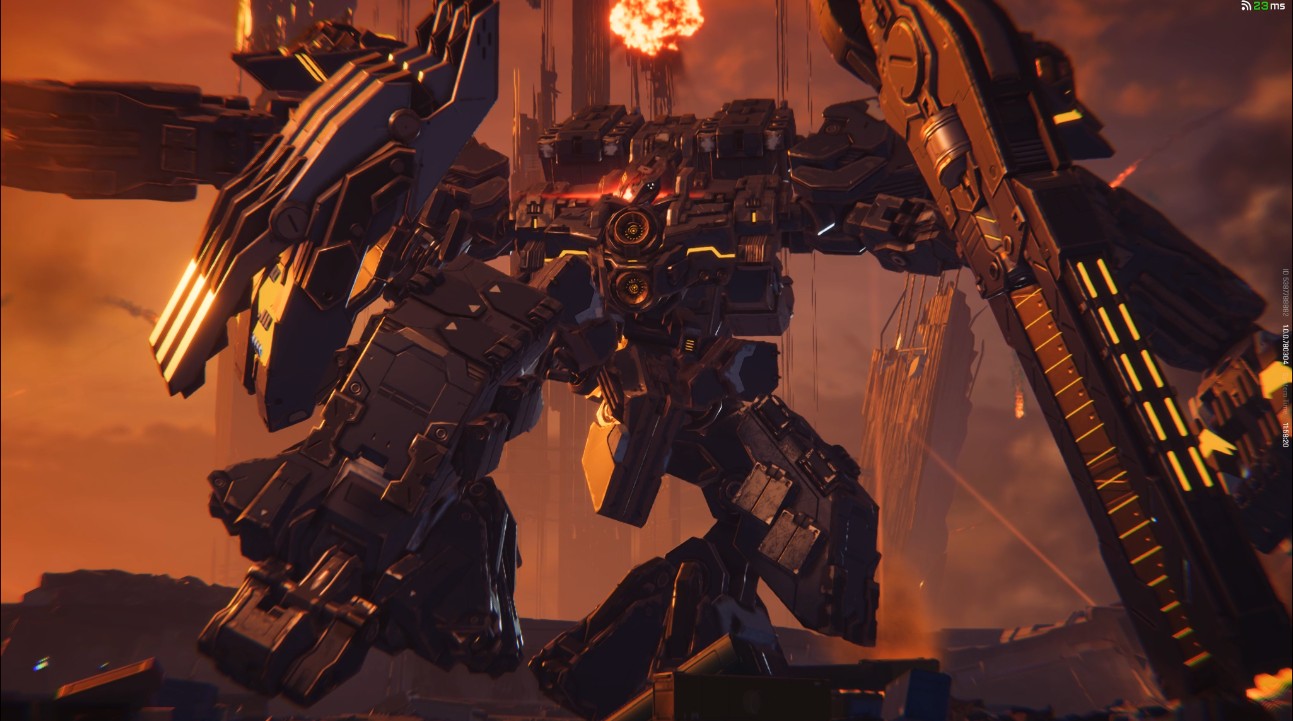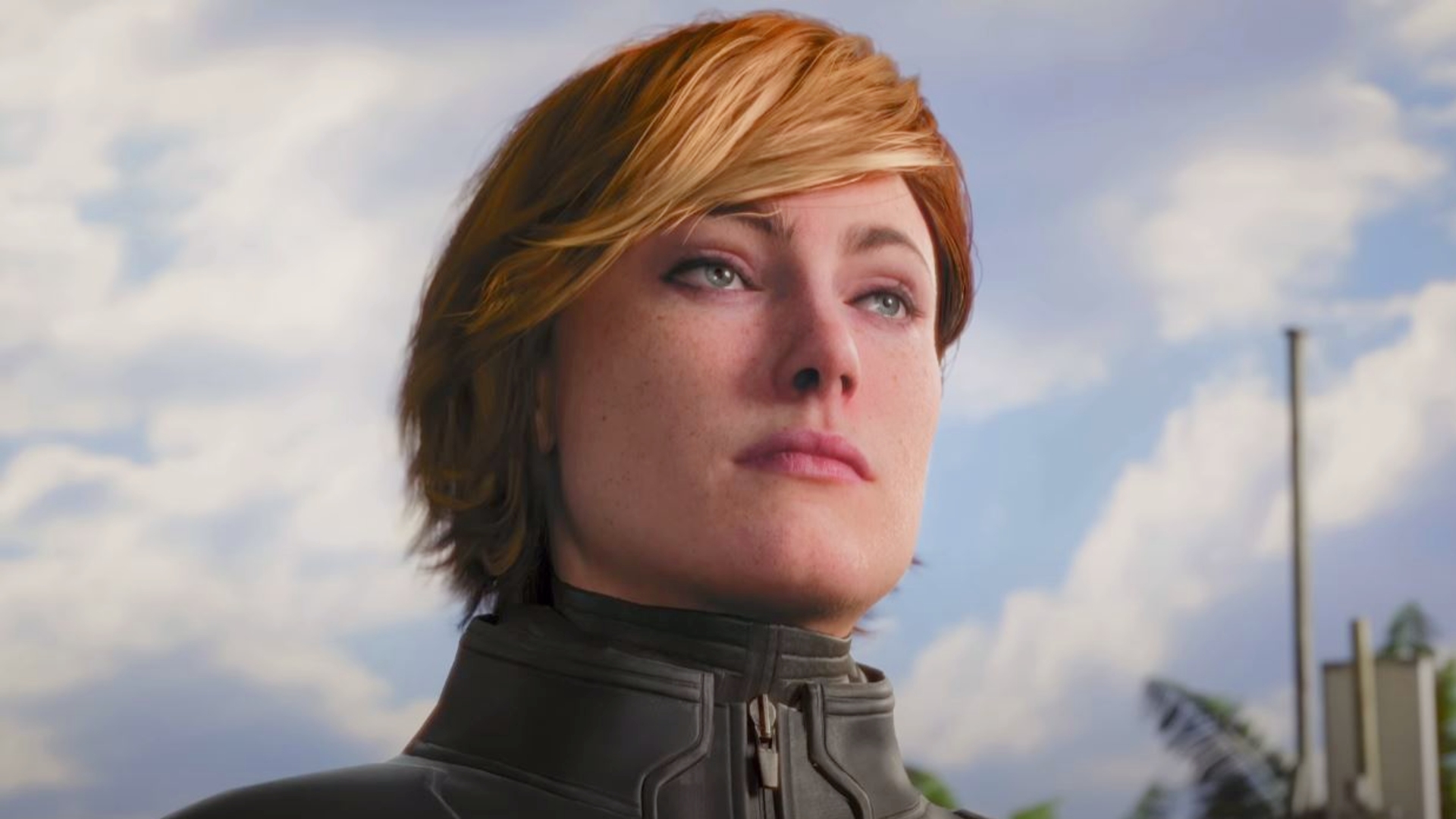
Three former top executives at Ubisoft have each received a suspended prison sentence, handed down by a court in Paris, after “enabling a culture of sexual and psychological harassment in the workplace”.
Between 2012 and 2020, the company’s office in Montreuii was rife with a toxic culture, leading to female employees enduring “pranks” such as being tied to a chair with tape, pushed into a lift and sent to a random floor, or being forced into doing handstands while wearing a skirt.
One female member of staff told the court, “He was my superior and I was afraid of him. He made me do handstands. I did it to get it over with and get rid of him.”
One worker, according to The Guardian, likened the office environment to a “boy’s club above the law,” where women were left to feel like pieces of meat.
Former editorial vice-president Thomas François, 52, was found guilty of sexual harassment, psychological harassment, and attempted sexual assault. He was given a three-year suspended prison sentence and fined €30,000 (£26,000).
Former chief creative officer Serge Hascoët, 59, was found guilty of psychological harassment and complicity in sexual harassment and given an 18-month suspended sentence and a fine of €45,000.
He had earlier told the court he was unaware of any harassment, saying: “I have never wanted to harass anyone and I don’t think I have.”
Former game director Guillaume Patrux, 41, was found guilty of psychological harassment and given a 12-month suspended sentence along with a fine of €10,000. He had denied all charges after being accused of threatening to carry out an office shooting and setting a co-worker’s beard alight.
Has the gaming industry really changed?
While these convictions stem back to events pre-COVID, and maybe companies are now forced to take their responsibilities to employees much more seriously, the level of abuse and harassment still directed towards female gamers and employees, especially online, has, if anything, multiplied.
Check out any videos by popular female gamers and peruse the comments – it will take you under three seconds before you encounter the creepy, the sinister, and the misogynistic, far outweighing the positive.
It’s depressing, and it needs to stop.












Published: Jul 3, 2025 09:14 am